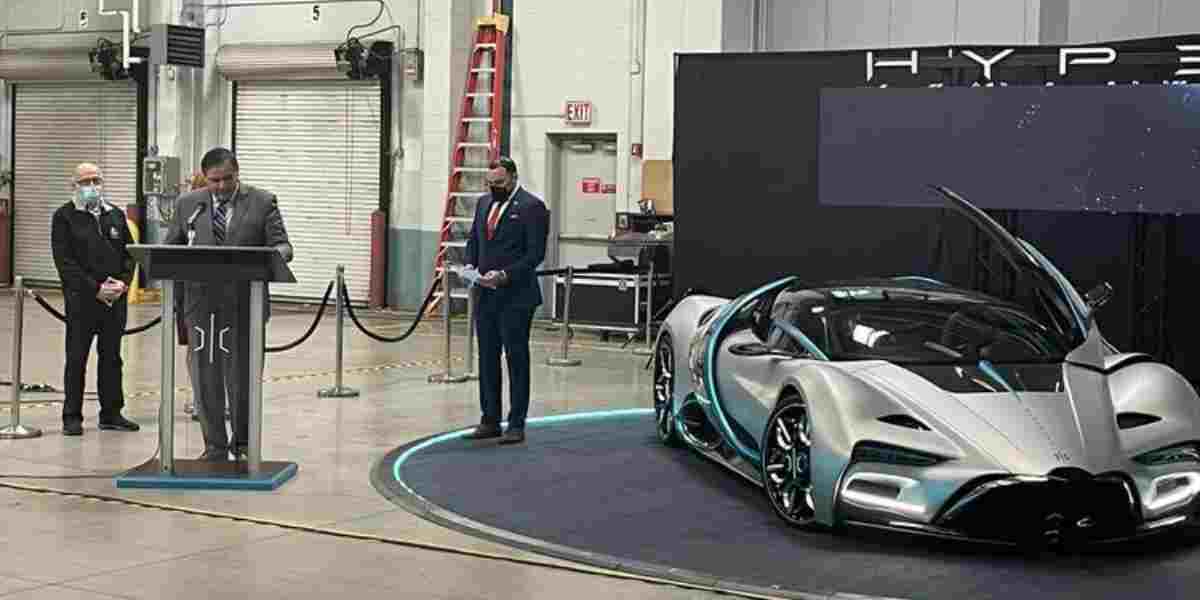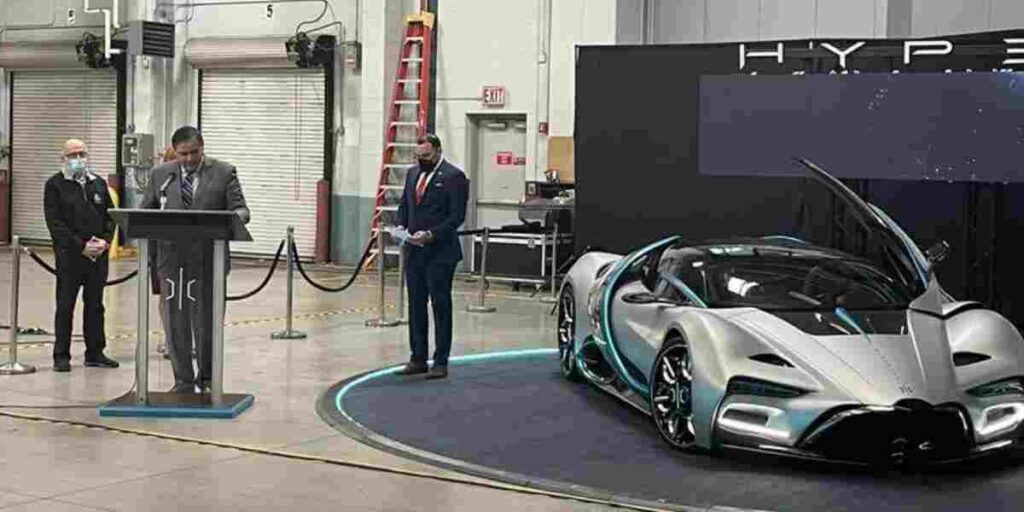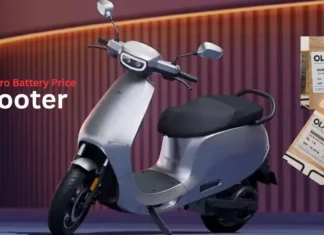
What businesses need to know about Investigating, remediating and reporting a data breachAfter decades of talk, it’s finally happening – the proliferation of electric, hybrid and hydrogen vehicles.

With that sector development comes a lot of learning, from technology and R&D to supply chain chaos. If history provides any lessons (and so far, that is the case), the Columbus Region will be front and center of this nascent, but fast-growing industry. Already hydrogen technology firm Hyperion Motors and smart battery systems producer Forsee Power have chosen locations in the Region.
Because of where a bulk of automotive production industry has settled since its inception, Central Ohio holds a distinct advantage when it comes to location and proximity to this new age of automotive manufacturing. And what attracted major auto research institutions to the Columbus Region is equally as enticing to the innovators of the next era.
A supply chain dream
Location is one thing, but infrastructure is another. With four intermodal terminals, more than 150 daily flights, and one of the only cargo airports in the world (Rickenbacker International Airport) just 10 miles away, getting supplies quickly and funneling them to the right destination is easier in Ohio. Of particular interest to electric, hybrid and hydrogen vehicle companies are the region’s four intermodal terminals, which operate 800,000 container elevators annually.
Norfolk Southern and CSX provide coast-to-coast service, with double-decker freight trains traveling from East Coast ports via the Heartland and Gateway corridors. The state’s foreign trade zone, ranked in the top 10, allows you to receive supplies for automobiles and raw materials needed for assembly and production from around the world.
This strategic positioning is useful, as plug-in hybrid car parts, electric vehicle (EV) charging stations, and most electric vehicle-related materials are now made overseas. Ohio’s access to airports, railways, trucking, and intermodal terminals proves to be a great boon for international imports and exports.
Robust R&D
The Center for Automotive Research (CAR) at Ohio State University has made huge strides in furthering the research and education of vehicle electrification. CAR has programs specializing in the development and demonstration of hybrid and electric vehicles, EV charging and grid interaction, electric machine design and more.
The Center also is focusing on the area of energy storage and battery management systems, even opening a new battery testing lab to accommodate for the increase in electric car and electric vehicle research projects. Complementing CAR’s efforts is the Transportation Research Center (TRC), the most advanced independent vehicle testing and proving grounds in the United States.
Testing everything from safety of all automobiles to connected vehicles, TRC is elevating advanced technologies changing the face of mobility and automotive technology worldwide. There is also the Honda research and development center.
The company got into the electric vehicle game thanks to the parent company’s $ 64 billion stake on the sector. Its existing partnership and ongoing discussions with General Motors highlight the advantage of proximity to the rest of the industry: GM is headquartered just hours north, near Detroit, and its Ultium electric vehicle battery plant is in Lordstown, Ohio. . , it’s even closer. In fact, that Lordstown plant was previously a closed GM factory for traditional vehicles before electric vehicles gave it new life.
Like many things in the auto industry, the old is new again. The same can be said for the Columbus region’s place in the industry: a central hub with the infrastructure to support success for decades to come. Interested in learning more about the automotive sector in the Colón region? Contact us today to learn how we can guide your business through the position decision process.
The geographic center of auto
With 75% of North American assembly plants producing all-electric or hybrid models located within a 500-mile radius, the Columbus region is a true automotive hub. There are already 15 electric vehicle battery installations within the same radius, with the supplier network following a similar pattern.
According to the Ohio Battery Supply Chain Opportunities report, co-sponsored by the Natural Resources Defense Council and JobsOhio, more than 90% of Ohio’s current exports are directly or indirectly related to the automotive industry. From inception to final assembly, the Columbus region has the network and workforce to manage the entire supply chain for the electric, hybrid and hydrogen vehicle market.
Read Also: Electric Vehicle Sales Post Growth in Southeastern U.S.



